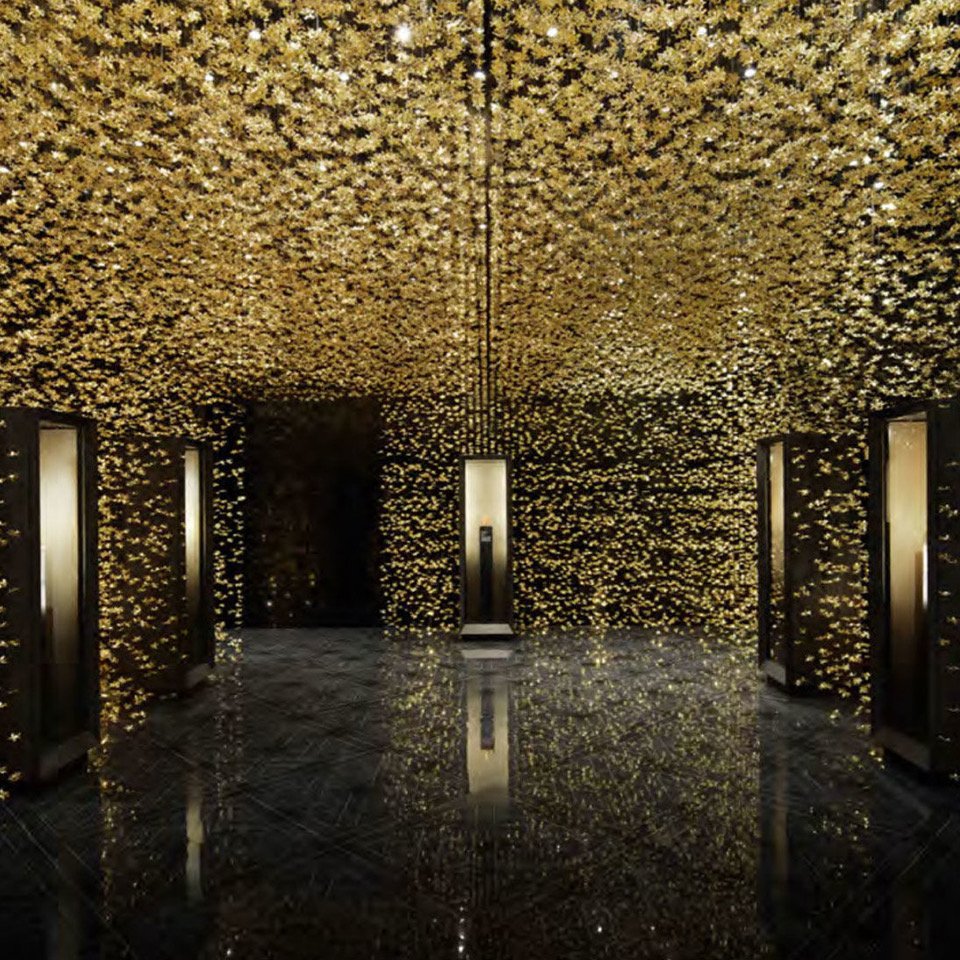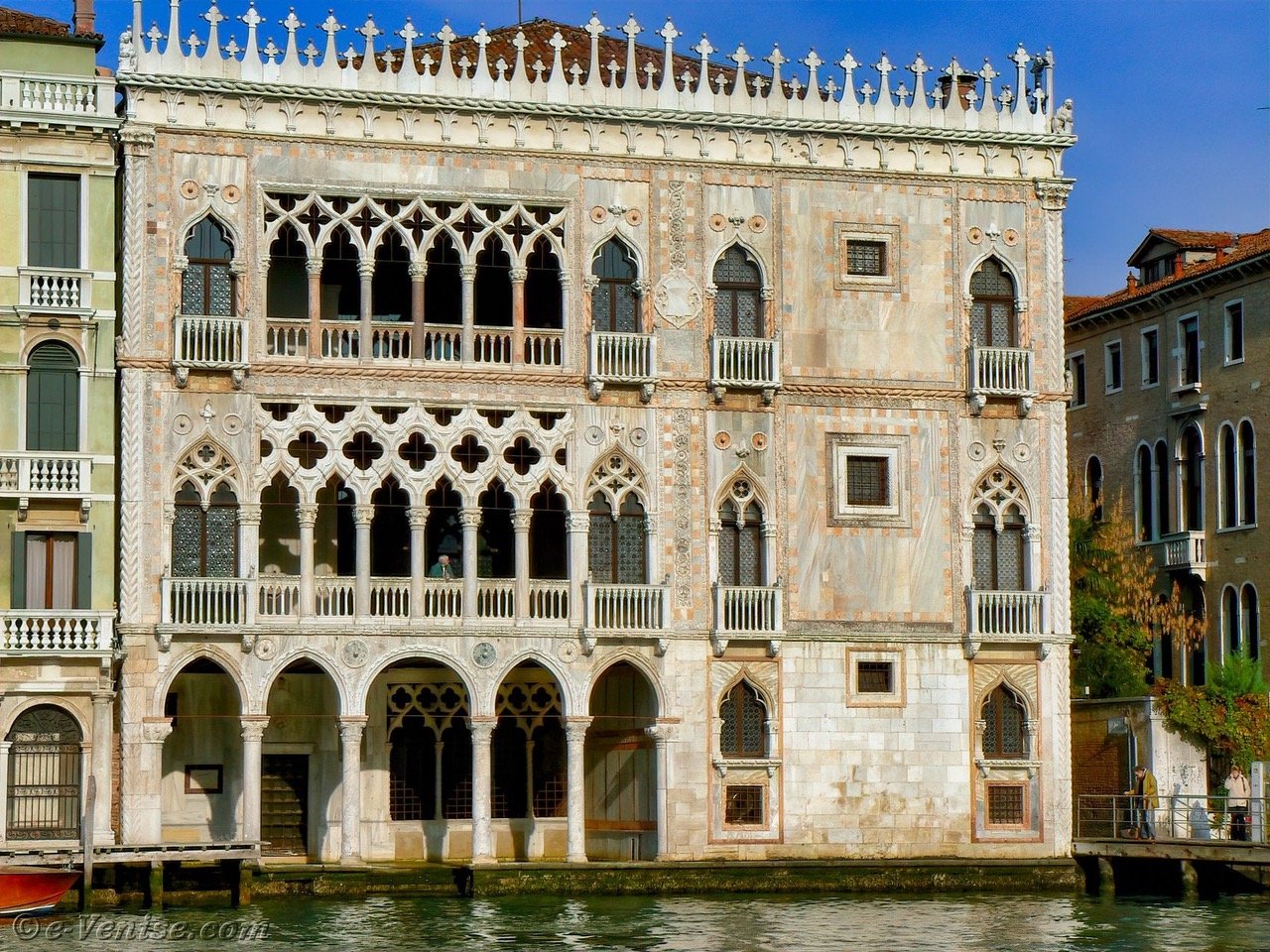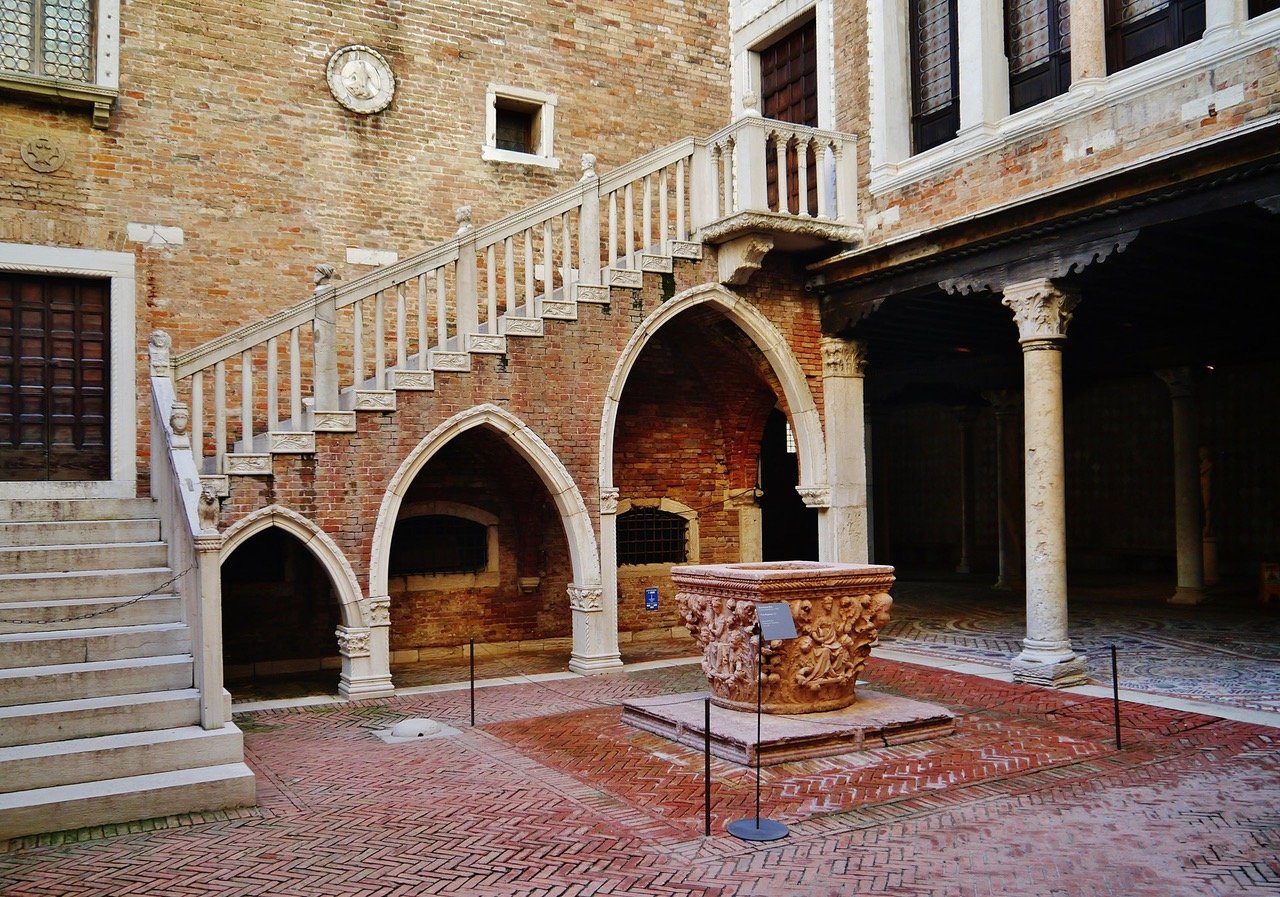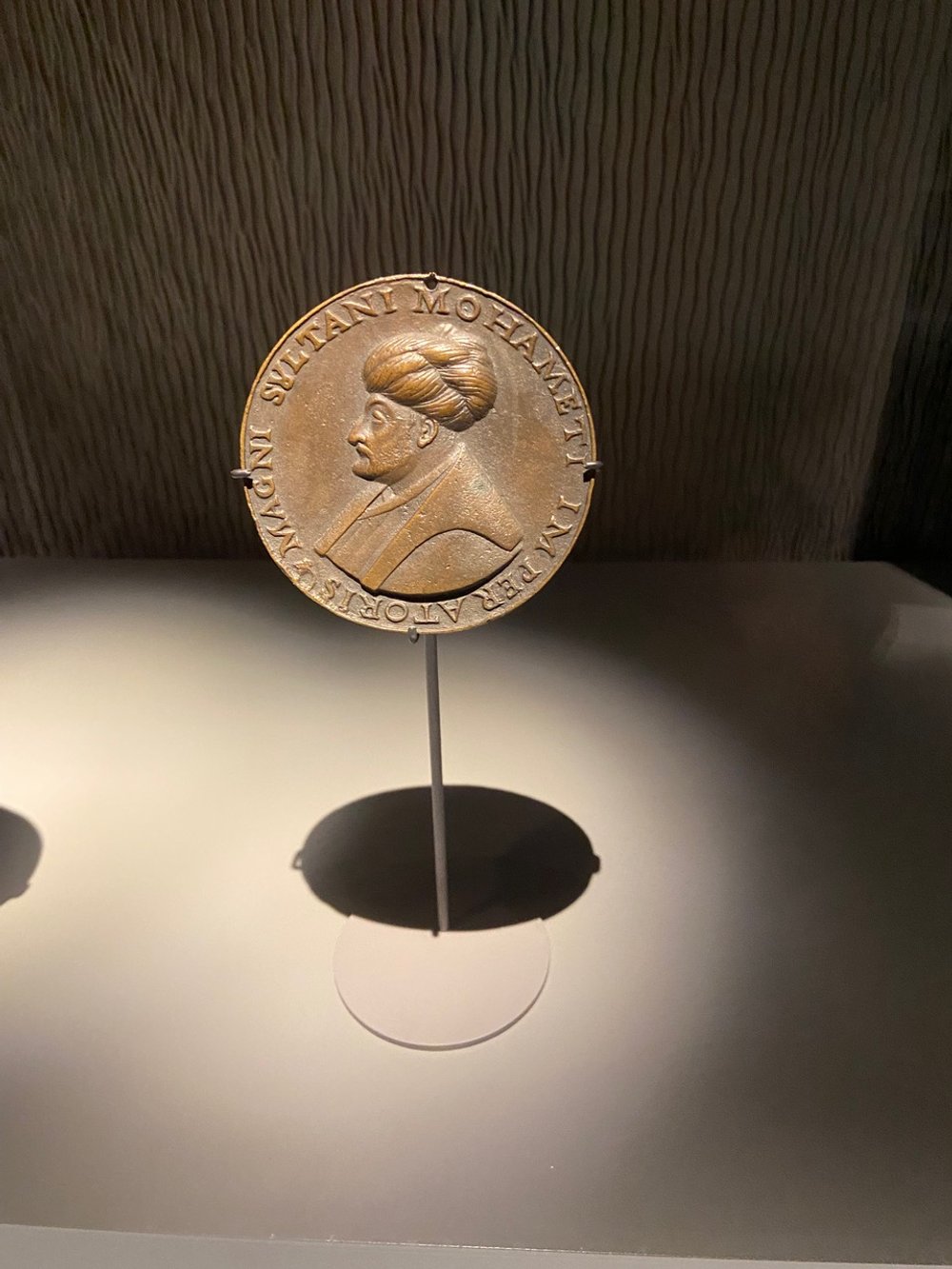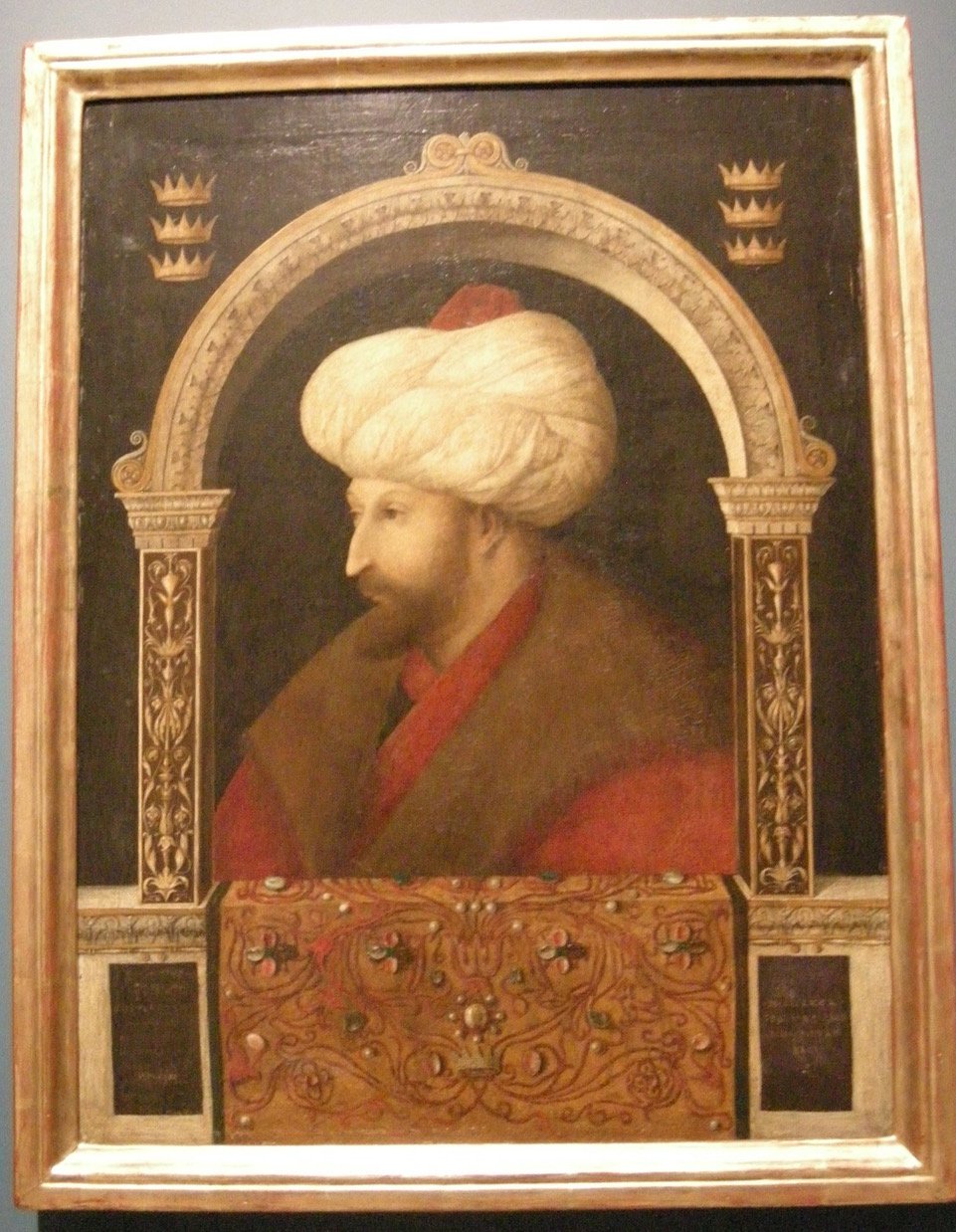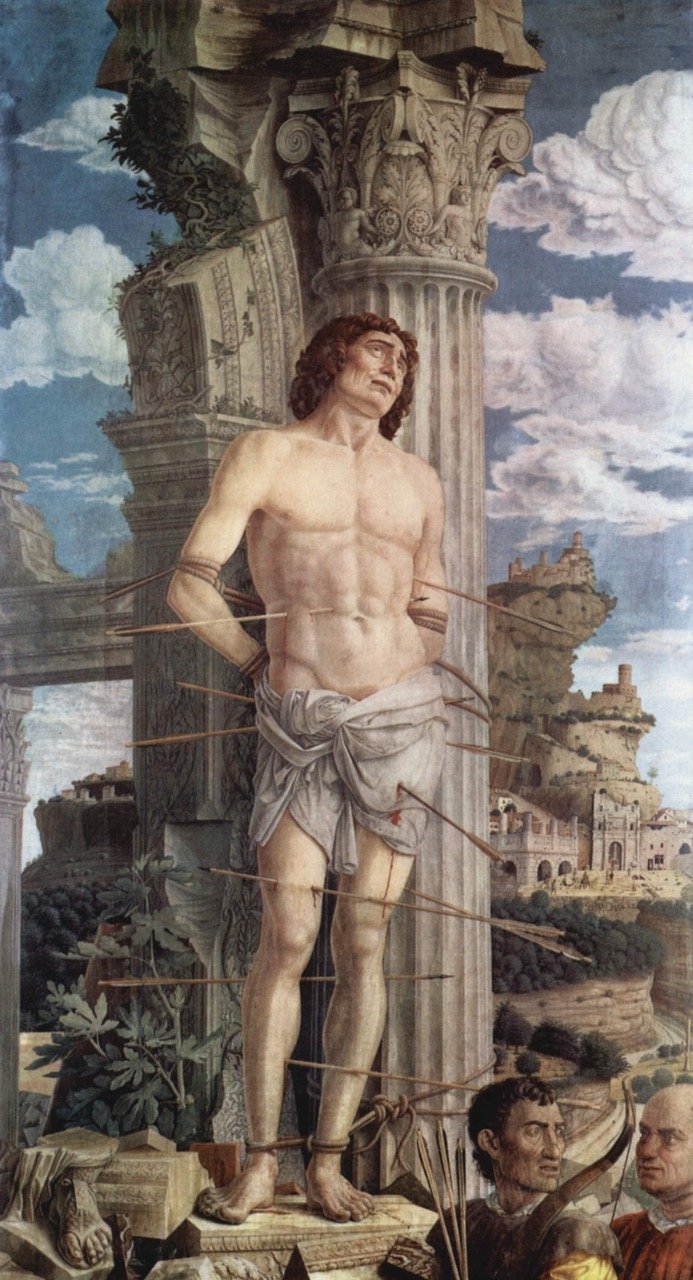Wealthy with Taste
Giorgio Franchetti and the Ca’ d’Oro
It was nice to be back in a museum in Paris. Never mind that it was 8:45 a.m. on a gray, drizzly Monday morning. With other members of APE (Association de la Presse Etrangère) I was at the Hotel de la Marine (Figure 1) (HdlM) for a private tour of a temporary exhibition. Well, it wasn’t exactly the HdlM, which I have visited twice since it opened two years ago. Once with this same group on a guided tour and once on my own to see if the headphone guided tour could bring the exhibition to life. It could.
Figure 1. Hotel de la Marine, Place de la Concorde, Paris
The Hotel de la Marine, on Place de la Concorde is not a hotel like the Hotel de Crillon, its twin and separated from it by the rue Royale. Both were built at the same time, by Louis XV, who didn’t know what he would do with them, he just knew that he wanted impressive buildings to frame his Place Louis XV (which became Place de la Revolution, which is now Place de la Concorde). When the French Revolution started, the French Navy moved in. It didn’t move out until 2015, except for 4 years (1940-44) when the Nazi Navy was headquartered there. When the Navy left, the government wanted to preserve it but didn’t know with what, so it was entrusted to the Centre des Monuments Nationaux.
After those first two visits to the Hotel de la Marine, it fell off my radar. Because permanent installations of period furniture and interior decor are fun to visit, just not very often. But the HdlM does have a small gallery that presents two temporary exhibitions a year. And between temporary exhibitions, the gallery displays pieces from Sheikh Hamad Bin Abdullah Al Thani’s collection of small, exquisite objects from around the world. (Figure 2)
Figure 2. Gallery Al Thani, Hotel de la Marine
Sheikh Hamad Bin Abdullah Al Thani (Figure 3) has this gallery because he provided most of the funding for the renovation and restoration of the HdlM. The gallery is his for 20 years - to store his collection and present exhibitions to the public.
Figure 3. Sheikh Hamad Bin Abdullah Al Thani at the Hôtel Lambert, Paris
Have you heard of the Al Thani, the House of Thani? Qatar’s rulers since the middle of the 19th century. Among their achievements: obtaining independence from Britain in 1971 and shifting from oil production to liquified natural gas production.
Before Sheikh Al Thani became involved with the restorations of the HdlM in 2018, he was the proprietor of the storied 17th century Hôtel Lambert (Figure 4) on the l’île Saint-Louis, a 3900 m2 (42,000 square feet) mega-mansion. The hotel was built in 1642 for the King’s adviser, Jean-Baptiste Lambert. After a century, the Lamberts sold it and it continued to change hands for another century. It was acquired in 1843 by the Polish princess Anna Czartoryska, in whose family it remained until 1975.
Figure 4. Hôtel Lambert, l’île Saint-Louis, Paris
In 1975, Baron Guy de Rothschild purchased the Hôtel, which he owned until his death in 2007. His son sold the Hôtel to Sheikh Hamad Bin Al Thani. The Sheikh first tried to install an underground garage and car elevator. The preservationists kept that plan from moving forward. In 2013, a huge fire broke out, restoration work took 5 years. By then the Sheikh had had enough. He sold the Hôtel in 2022, to the French engineer/entrepreneur billionaire Xavier Niel. The Sheikh had bought the historic hotel for 60 million euros and sold it for more than 200 million euros, but spent over 125 million euros in renovations. So it’s hard to say if he made any money.
I bet you’re wondering what possible connection I have found between the temporary exhibition at the Gallery Al Thani and the Hôtel Lambert. Here it is. The exhibition at the Gallery Al Thani, ‘Ca’ d'Oro: Masterpieces of the Renaissance in Venice,’ is the collection amassed by Giorgio Franchetti,(Figure 5) the man who owned the Ca’ d’Oro, and who donated both the palazzo and his collection of Renaissance art to Italy. His mother was Sara Louise von Rothschild. A relative of the Baron who purchased the Hôtel Lambert, whose son sold it to Sheikh Al Thani and at whose gallery his art collection is currently on display. Voila!
Figure 5. Photograph of Giorgio Franchetti and his son
I had never heard of Giorgio Franchetti. And although I’ve learned a lot about the Jews who lived in France (one hesitates to write French Jews) at the various exhibitions I’ve been going to and writing about, I know almost nothing about the Jews who emigrated to Italy. Except to know that the word ‘Ghetto’ is Italian, actually Venetian. So I did some research and this is what I learned. The Franchetti family was one of the wealthiest families in the Mediterranean. Their story must be identical, except for some heartbreaking details, to those families who eventually settled in France in the 19th century. They were part of the Jewish diaspora, driven from one country to another, as laws were passed to marginalize and eventually decimate them.
Giorgio Franchetti was born in 1865 to Baron Raimondo Franchetti and Baroness Luisa Sara Rothschild, He was the third of three sons. As a child, he split his time between Vienna, where his mother’s family lived and Venice. From his mother’s family, he acquired a passion for music. After military academy, he joined his older brother Alberto in Dresden where Alberto was a successful composer. Giorgio studied piano and then traveled to Munich to study at the conservatory. More important for how his future would unfold was his social life. Like others of his class, his evenings were spent at salons. At one of which he met Maria Hornstein Hohenstoffeln. She was an amateur painter who had spent most of her childhood in Florence. They married in 1890 and moved to Florence, where Maria shared her passion for Italian Renaissance art with her new husband. Upon their return to Venice, Franchetti began collecting art.
In 1894 Franchetti purchased a dilapidated but beautiful palazzo on the Grand Canal, the Palazzo Ca' d’Oro. (Figure 6) It was a purchase that was to engage him for the rest of his life. The Ca’ d’Oro, an example of late Gothic architecture, was built between 1421 and 1440. Franchetti’s goal was to undo all the indignities the building had suffered over the previous 500 years and to transform it into a functioning museum for his art collection. For 12 years, the Baron supervised the restoration himself. In 1916, he made a deal with the Italian government. For technical and financial assistance, he would bequeath the Ca’ d’Oro and his art collection to the state.
Figure 6. Ca’ d’Oro, Grand Canal, Venice
Franchetti restored the palazzo’s beautiful facade on the Grand Canal. He tracked down the original wellhead (Figures 7, 7a) that had been removed from the Palazzo’s courtyard. He was able to do that when he learned its whereabouts - an antique dealer in Paris. He bought it and returned it to its rightful place. Franchetti designed the mosaic floor in the courtyard and used antique marble tesserae to make it. (Figure 8) He also created a marble chapel for the masterpiece of his collection - Mantegna’s painting of St. Sebastian. (Figure 9)
Figure 7. Wellhead in situ, Ca’ d’Oro, Grand Canal,Venice
Figure 7a. Wellhead detail, Ca’ d’Oro, Grand Canal, Venice
Figure 8. Mosaic floor designed by Franchetti using ancient marble tesserae, Ca’ d’Oro, Venice
Figure 9. Chapel of St. Sebastian, Ca’ d’Oro, Grand Canal, Venice
Franchetti took his own life in 1922, so he never saw his project realized. But it was, 5 years later. Like Peggy Guggenheim at her eponymous museum in Venice, Franchetti never left his museum. His ashes in a porphyry funerary cippus (pedestal), on the ground floor of the Ca' d’Oro, keep vigil over his beloved museum. (Figure 10)
Figure 10. Courtyard of Ca’ d’Oro with funerary cippus on right with ashes of Franchetti
Now, nearly a century after it opened, the Ca’ d’Oro is undergoing renovations. What better time to send the collection on a field trip to Paris.
It was very interesting experience, this gallery. Of the four exhibition spaces, the first offers a taste of the Sheikh’s collection. In a darkened room lined with sumptuous deep blue (maybe black) wall hangings and hundreds of tiny gold decorations fluttering above and around like butterflies, small cases are filled with exquisite pieces from the collection. Like looking at the window displays at Tiffany. (Figures 11, 11a, 12)
Figure 11. Gallery Al Thani display cases, Hotel de la Marine, Paris
Figure 11a. Bear, Han Dynasty, China, 206 BCE - 25 CE, Gallery Al Thani, Hotel de la Marine, Paris
Figure 12. Christmas Window Display, Tiffany & Co.
The Franchetti exhibition starts with two 18th century views of Venice by Francesco Guardi which transport us directly to the Serenissima. (Figure 13) Views like this were purchased like postcards by wealthy Englishmen on their Grand Tour.
Figure 13. La Piazzetta, Francesco Guardi, Gallery Franchetti, Ca’ d’Oro, Grand Canal, Venice
There’s a medal by Pisanello of the Byzantine Emperor John VIII Palaiologos. (Figure 14) It dates from 1438, the same year that the Emperor was in Italy to attend the Council of Florence. I learned about that Council when I studied the painting of the Baptism of Christ by Piero della Francesco. In the background, to the right, figures wear the same headdress that John III Palaiologos wears in this medal. (Figure 15)
Figure 14. Byzantine Emperor John VIII Palaiologos, Pisanello, 1438
Figure 15. Baptism of Christ, Piero della Francesco, figure wearing red headdress in right background
Another medal, by Gentile Bellini, is of the Ottoman Sultan, Mehmet II.(Figures 16, 17) In the first volume of Proust’s À la recherche du temps perdu, the young narrator is sitting in the garden reading a book. Charles Swann happens by and asks who suggested that he read it. He says that it was his friend Block. Swann replies, “Oh yes, the boy I once saw here, who looks so like the Bellini portrait of Mehmet II. It’s an astonishing likeness; he has the same arched eyebrows and hooked nose and prominent cheekbones. When he has a little beard he’ll be Mehmet himself….” a not very subtle reference to Block’s Semitic features made by another ‘member of the tribe’. Later in the first volume, when Swann is hopelessly, painfully in love with Odette, he thinks admiringly of Mehmet II who, for his own peace of mind, had one of his wives stabbed to death after he realized that he had fallen in love with her.
Figure 16. Ottoman Sultan, Mehmet II, Gentile Bellini, Gallery Giorgio Franchetti
Figure 17. Mehmet II, Gentile Bellini, 1480 painted when Bellini was in Constantinople (London)
There’s a bronze miniature statue of the Apollo Belvedere (Figure 18) by a 16th century Italian artist. The guide suggested that it’s a more accurate version of the original Greek statue than the many Roman versions in marble. (Figure 19) The Greek original was bronze and it, like this miniature, doesn’t need a support, unlike the heavier marble ones which need to be stabilized by tree stumps and posts.
Figure 18. Apollo Belvedere, 16th century bronze copy after original Greek in bronze (Ca’ d’Oro)
Figure 19. Apollo Belvedere, Roman copy in marble after Greek original in bronze
There is a marble relief of the Virgin and Child. (Figure 20) The Virgin holds a closed book. The guide suggested that by closing the book, Mary is denying her Son’s destiny. But the Virgin holds her Son at His ribs, always a reference to the lance that will pierce His side during His Crucifixion. A marble statue of the Resurrected Christ (Figure 21) shows Him displaying that wound, echoing the Virgin’s gesture. It’s a nice juxtaposition.
Figure 20. Virgin and Child, Sansovino, 1560, marble, Ca’ d’Oro
Figure 21. Resurrected Christ, Jacopo Fantoni, early 1500s, Ca’ d’Oro
The pride of the collection though is a painting of St. Sebastian by Mantegna. It’s the third version of the subject by Mantegna. (Figure 22) The first two (one is at the Louvre) present the Saint outdoors, in front of classical architectural ruins. (Figure 23) This version shows Sebastian against a dark shallow background, almost like a coffin, out of which he seems to be stepping. To either side of his head are strings of rosary beads. His torso is twisted, his expression is anguished. In the lower right corner, a candle whose flame has just been extinguished, has an inscription attached to it on which is written: “NIHIL NISI DIVINUM STABILE EST. CAETERA FUMUS” — “Nothing is stable if not divine. The rest is smoke.”
Figure 22. Martyrdom of St. Sebastian, Andrea Mantegna, 1490, Ca’ d’Oro
Figure 23. Martyrdom of St. Sebastian, Andrea Mantegna, 1480 (Louvre)
This gallery is an intimate setting, a lovely way to see art. And because there aren’t too many works, you are not overwhelmed. You can look closely and enjoy what you are seeing. I urge you put the Al Thani Gallery on your list of places to go in Paris.
Copyright © 2023 Beverly Held, Ph.D. All rights reserved
Dear Reader, I hope you enjoyed reading this article. Please sign up below to receive more articles plus other original content from me, Dr. B. Merci!
And, if you enjoyed reading this review, please consider writing a comment. Thank you.


